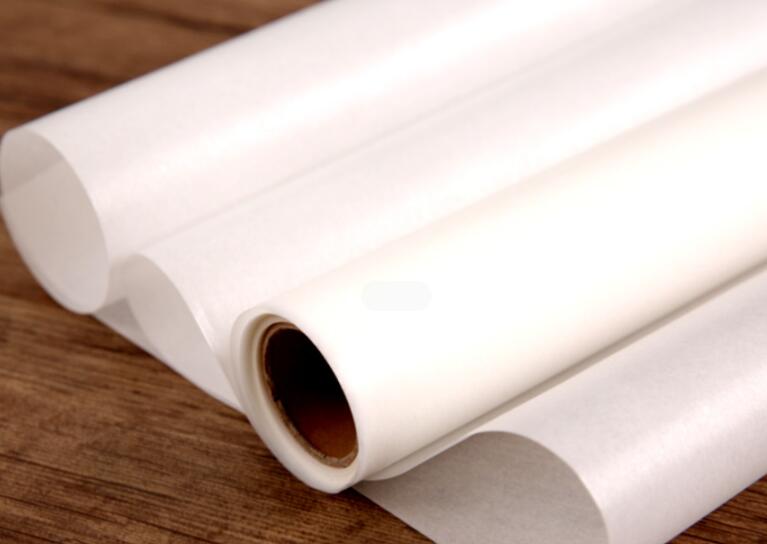Tin foil: film-like metallic paper coated or pasted with silver. Most are silvery white, but they are actually aluminum foil. Aluminum foil, also known as aluminum foil, is a tool made of flat metal aluminum and is also widely known. It is mainly used for cooking in the kitchen, holding food or making simple cleaning materials. Thousands of tons of aluminum foil are used worldwide to protect and package food, cosmetics and chemicals. One side of most aluminum foil paper is smooth, and the other side is blunt. Food aluminum foil can be used to package food on both sides, but it is usually recommended to wrap it on the shiny side to enhance heat transfer.
Most aluminum foils are shiny on one side and matte on the other side. Food aluminum foil can be used to package food on both sides, but it is usually recommended to wrap it on the shiny side to enhance heat transfer. The aluminum foil paper is extruded from the aluminum block by a rolling machine, cut into the required length and width, and then rolled, packaged and sold.
Silicone oil paper: a high temperature baking paper treated with silicon. Silicone paper is a commonly used type of packaging paper, with a three-layer structure, the lower layer is the first layer, the second layer is the coating, and the third layer is the silicone oil. Silicone paper is often used for packaging in the food industry due to its heat resistance, moisture resistance and oil resistance. When making desserts such as bread and steam heads, use silicone oil paper and place it on the steamer to prevent the noodles from sticking together. When baking biscuits, place them in a baking tray to prevent the biscuits from sticking together. A piece of silicone oil paper can be reused 2-3 times.


